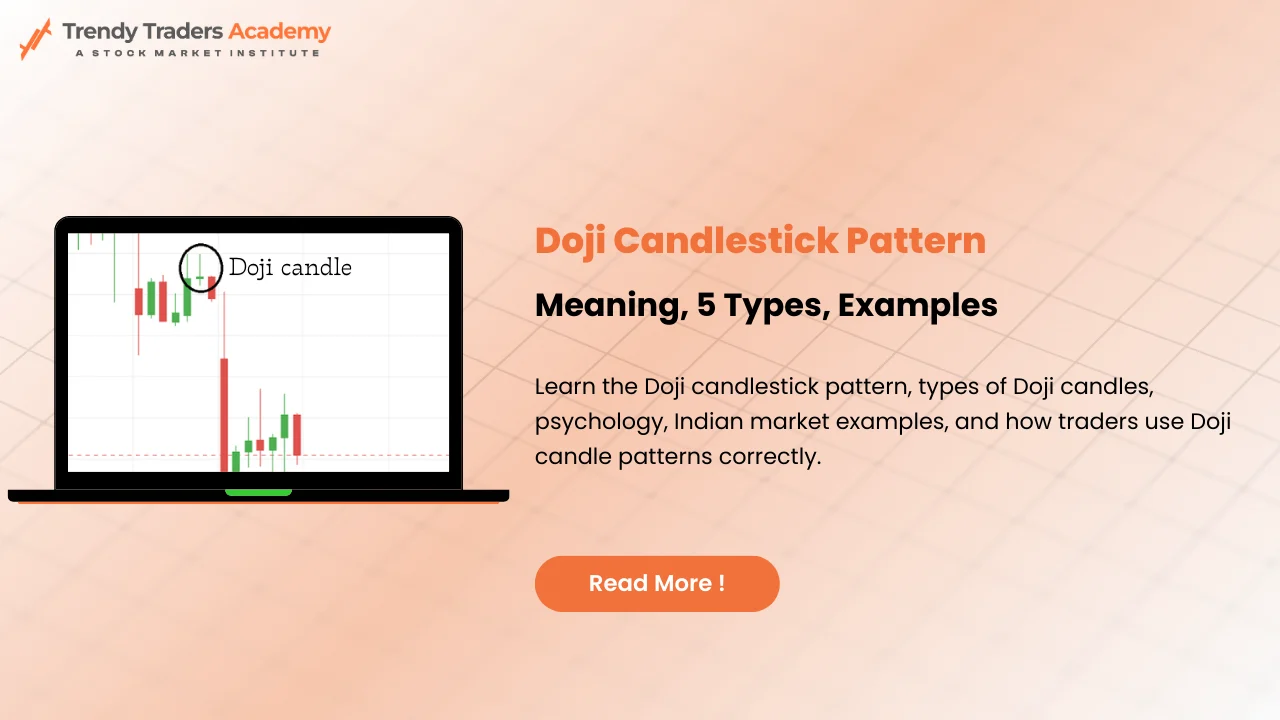
Differences Between Primary Market And Secondary Market
Understanding the Primary Market
The first or the new issue market refers to that market in which securities are offered to the public for the first time. This market also gives a method of financing directly from the public by selling of shares, bonds or any other securities. In the primary market, users are the corporate, governments and others able to mobilize cash anywhere in the economy for the purpose of new projects, increasing production or for meeting prior obligations.
Key Features of the Primary Market
Key features of the primary market are as follows
Issuance of New Securities: The primary market plays the primary responsibility of trading in securities within the market for the initial time. These are new offerings to the public by companies. Another which entails offers of the shares of the companies in the market for the first time is another one. Actually, bonds or debentures may also be issued in the primary market and this is something that is normally preferred as compared to the secondary market.
Capital Raising: The expertise of the primary market is identified with helping issuers to floating of funds or the mobilization of funds in the market. The funds that are obtained by IPOs or bonds are for the purpose of expansion, acquisitions or in restructuring of debts if necessary.
Direct Transactions: The initial issue of securities which is a direct selling of securities by the issuer to the investors is known as the primary market. It does not require any middlemen while underwriters or investment bankers are actually involved and participate in this process.
Pricing: The price of stock or securities are decided by two methods.
- Book Building: In this Investors bid the price of the stock or securities and depending upon the supply and demand price is decided on the final highest bid.
- Fixed Price: In this Issuer of stock or Security fixes the price and introduces it in the market. If it is valued good then it creates the demand and investors invest in it and Vice Versa.
Types of Issues in the Primary Market
Initial Public Offerings (IPO): IPO as pronounced is understood as the initial steps, which are taken by a company in order to float its stocks into the market. This is often the case as most firms always have the desire to have more capital for example in; expanding the business, paying some of the debts or in funding more projects. For instance, in FY 21 several firms such as Zomato and Paytm have launched their IPO in India.
Follow-on Public Offerings (FPO): FPO stands for rights issue which means that any company listed at any exchange can offer new stock with the public or its original shareholders. This is done with a view of raising more funds for several uses as pictured below.
Rights Issues: Right Issues is an opportunity for existing shareholders of a company where they can maintain their proportionate ownership in the company by getting the shares at discounted price.
Private Placements: In Private placement securities or stocks gets allocated directly by the issuer to big investors like Financial Institutions, banks, mutual fund houses and or high net worth individuals but not to the general public.
Preferential Allotment: This is achieved by selling of securities to investors in a rather private way that may involve selling to the promoters, large shareholders or institutions at the current price that is either above or below the current market price.
Advantages of the Primary Market
The following are the advantages of Primary Market:
Capital for Growth: It also enables companies to obtain the necessary funds for expansion, development as well as diversification of his or her business.
Direct Investment: In Primary market investors have an upper hand of buying the security or stock directly from the issuer and sometimes they buy it at a discounted price which is not possible in secondary market.
Transparency: The issuance of new securities is done under high regulations and under strict guidance of SEBI. It provides a safe guard and transparency to the Investors.
Challenges in the Primary Market
Thus, this study established that challenges in the Primary Market are as follows:
High Costs: This also comes with some expenses some of which are the underwriter fee, legal costs and other marketing expenses.
Volatility in Market: Indeed as mentioned so often market conditions can significantly influence the success of an IPO or any other offering that might occur at the primary market.
Regulations Issues: There are many regulations in place, implying that many of the processes within the firms must conform to these hence take a lot of time.
Understanding the Secondary Market
The secondary market is a market within which investors retail securities which they have acquired in the past. As contrasted with the primary market, the secondary market does not directly involve the creation of new security; the market offers the investors an opportunity to trade in shares, bonds or other securities which had previously been floated in the primary market. The secondary market is what people normally refer to as ‘stock market. ’
Features: The strengths that have been seen on the online trading platform is the easy to use interface, effective charting tools and the ability to integrate with the Kite mobile application by Zerodha. Presently, the platform is under SEBI that means it follows all laws of India.
Pros: Among them are low brokerage fees, trading facilities to enable effective trading, and quality customer services.
Cons: They are allowed to trade only INR based currency pairs.
Key Features of the Secondary Market
Trading of Existing Securities: Under the secondary market investors trade in the security that is already floated in the market. Examples of such securities are; stocks, bonds, derivatives etc This market offers market depth, and ensures that their securities are always traded.
Role of Intermediaries: Adjudging for the secondary market, there are stock brokers, dealer and the market makers who play a central role of bringing together those who would like to buy securities and those who like to sell them.
Price Determination: A value of the securities in the secondary market depends on its availability in the market or we can also say that demand and supply forces play a vital role. These are the prices which fluctuate with other factors like company’s performance, economical factors and other factors in the market.
Market Transparency and Regulation: India’s secondary market is also closely governed by SEBI that aims at standardizing the trading process, disinewing fraudulent practices and safeguarding investors.
Types of Secondary Markets:
Stock Exchanges: These are official institutions which play the role of market makers within a legally recognized market of securities. The Indian stock market runs on two biggest Exchanges in the country which are NSE and BSE.
Over-the-Counter (OTC) Markets: In the OTC market stocks and other securities are bought and sold directly between buyer and seller without the Involvement of exchanges. This market is generally used for trading in securities which are not quoted on the floor, other instruments such as derivatives and bonds.
Debt Market: This is the market for ‘fixed income securities,’ known as bonds, notes and other debt related instruments. This is further explained by the government securities, corporate and Municipal bonds debt securities markets in India.
Derivatives Market: This market mainly involves trading in financial products known as derivatives since their value depends on a financial instrument for instance shares, bonds or tangible products like gold, oil among others for example futures, options, swaps.
Advantages of the Secondary Market
Challenges in the Secondary Market
The following are considered as the key benefits or advantages of secondary market:
Liquidity: Then there is the secondary market which is a requisite essential market to meet the need of liquidity, a center where investors can either buy securities or sell them.
Price Discovery: Another merit that is related to this method is that it becomes very easy for the market to set the right price within the shortest time possible having regard to the forces of supply and demand.
Diversification: The freedom of choice is regarding the securities which investors can acquire and what this means is that they can trade in various securities.
Regulation and Transparency: The secondary market is very much regulated and therefore there is no exploitation from those who would like to take advantage of the investors.
Despite all the success, trading in the secondary market has not been without any problems. Following are some of the common problems faced in the secondary market:
Volatility: In general, the price of products differs from the one in the secondary markets and these vary depending on certain economic, political, and market factors.
Market Manipulation: However there is still possibility of manipulative trading – such as insider trading, front running and other kinds of deviations from the fair market practices.
Risk of Loss: In this market the investors’ capital can easily be wiped out in the event of a poor performance and in any other soft or hard eventuality in the market.
Also Read: How To Do Forex Trading In India?
Both the primary and secondary markets are a very important and integral part of the financial market of India. Primary market gives opportunity to the companies to introduce themselves to the public through Initial Public Offering (IPO), Follow-on Public Offering (FPO) and other ways. Secondary market gives the real value of the companies in the market depending upon their Demand and Supply in different markets like Stock Market, Debt Market, OTC Market and others. These two markets are very important in the Indian financial system and its functioning.
What is the Primary market and secondary market ?
A Process where stocks or securities are introduced by the companies to the public investors by different methods is called Primary market. Process where stocks or securities are bought or sold between the retail investor is called Secondary market.
Does an IPO comes under the Primary market?
Yes, Initial Public Offering (IPO) is a way where organizations present their stock or security for retail investors.
Does an FPO comes under the Secondary Market?
No, Follow-on Public Offering also falls under the primary market because the company or organization is offering again to the retail investor.









